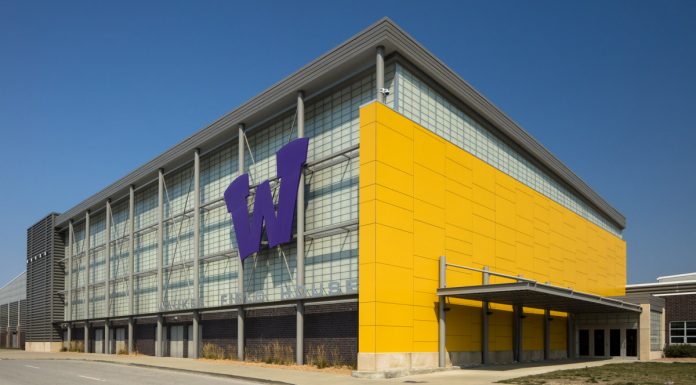From Rep. Linda Upmeyer’s newsletter:
We had another eventful week with the Girls State Basketball Tournament in Des Moines and several local Farm Bureau groups and Hospital employees visiting the Capitol. It is always a great opportunity for us as legislators to visit with folks from back home when the various groups and organizations host their “lobby” days at the Capitol. These events always provide good information from the people involved and it’s wonderful to see familiar faces!
Each session, we always look for opportunities to make Iowa’s education system a priority. This year is no different. That is why we have spent a lot of time talking with our local school boards and administrators to see what we can do to support their work. A top policy priority for our schools this year is the extension of the SAVE fund, which is used for infrastructure improvements. When you pay sales tax, one of the pennies goes towards this fund. However, SAVE is currently set to expire in 2029, which is making it difficult for schools to secure financing for critical projects.
SAVE is important because it allows schools across the state to invest resources in key projects and priorities like:
- School infrastructure
- School safety
- Improved school technology
- Career readiness and workforce training
- Property tax relief
When SAVE was first passed in 2008, school buildings across the state were falling into disrepair and growing districts lacked the resources to construct new buildings. That often meant that local residents were expected to foot the bill through higher property taxes. Since the implementation of SAVE, the number of bond referendums has decreased dramatically and property tax increases are no longer the only way to finance building improvements.
SAVE also allows schools to make security improvements that ensure safe schools for students and staff. Over the last few years we have made an intentional effort to address school safety concerns. You may recall last session we passed legislation that required schools to develop a high-quality emergency response plan and provided schools with increased flexibility to make decisions about security at the local level.
In this year’s SAVE bill, we are requiring that all schools prioritize security upgrades like secure entrances, security cameras, and other safety enhancements, before using SAVE funds on athletic facilities. This is a responsible way to ensure that our students, teachers, and staff are safe while at school.
Classroom and building technology are other areas where schools can use SAVE funds to improve the educational experience for students. Several schools have become “one-to-one” where every student is provided with a laptop or tablet to do coursework and projects. Many classrooms have been outfitted with smart boards and digital projectors. This has all been made possible through SAVE and directly impacts student learning.
We often hear that a shortage of skilled workers is one of the biggest challenges holding employers back. An extension of SAVE could help alleviate that problem by directing $1 million (from the SAVE fund) each year to help school districts establish career academies. With new and better science labs, computer labs, and technical labs in skilled trades, these academies can provide students with first-hand job experience that can be translated into career after graduation while also helping local businesses identify and train new workers.
One final aspect of SAVE which is important is that it provides local residents with significant property tax relief. Currently, 2.1% of the funds generated by SAVE are devoted to reducing property taxes for local residents. This year’s bill increases that amount to 12%, resulting in more than $120 million in annual property tax relief at full implementation. This represents a 470% increase which is a major improvement over the current law.
Our SAVE legislation has already passed the House Education and Ways & Means committees with overwhelming bipartisan support. It is available for us to debate on the House floor and I expect us to take quick action so schools have certainty and are able to make plans for facility improvements.
With session underway, please feel free to reach out and share your thoughts on legislation or let me know if you need assistance dealing with a state agency or department. I can be reached by email at [email protected] or by phone at (515) 281-3521.











